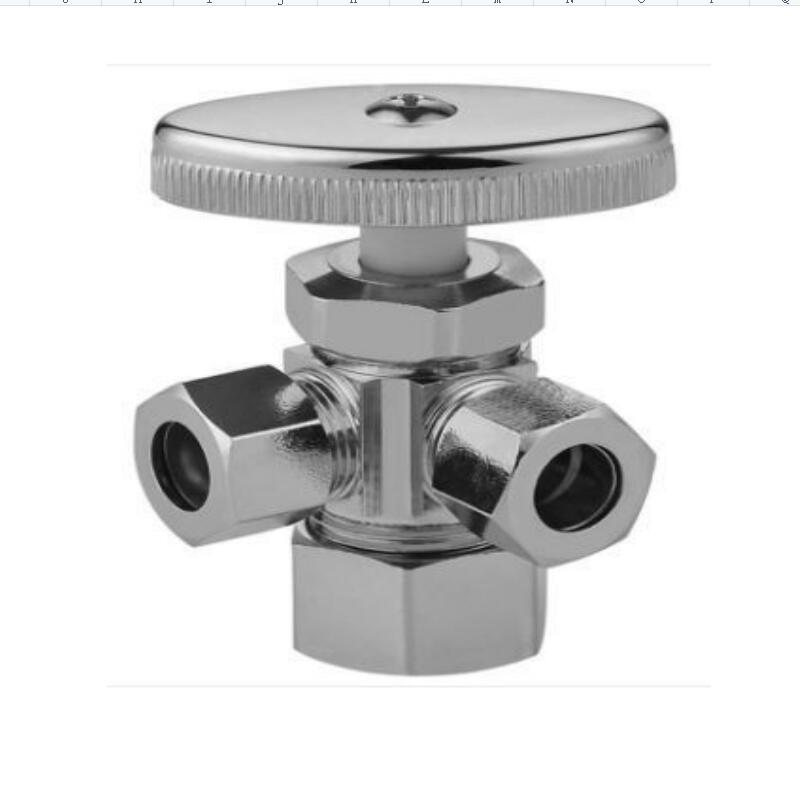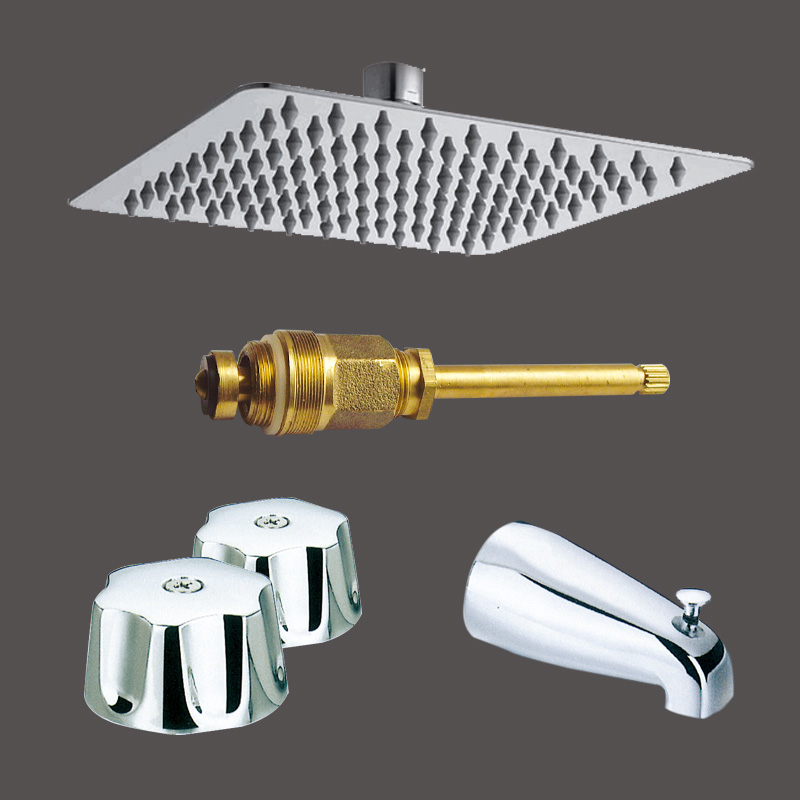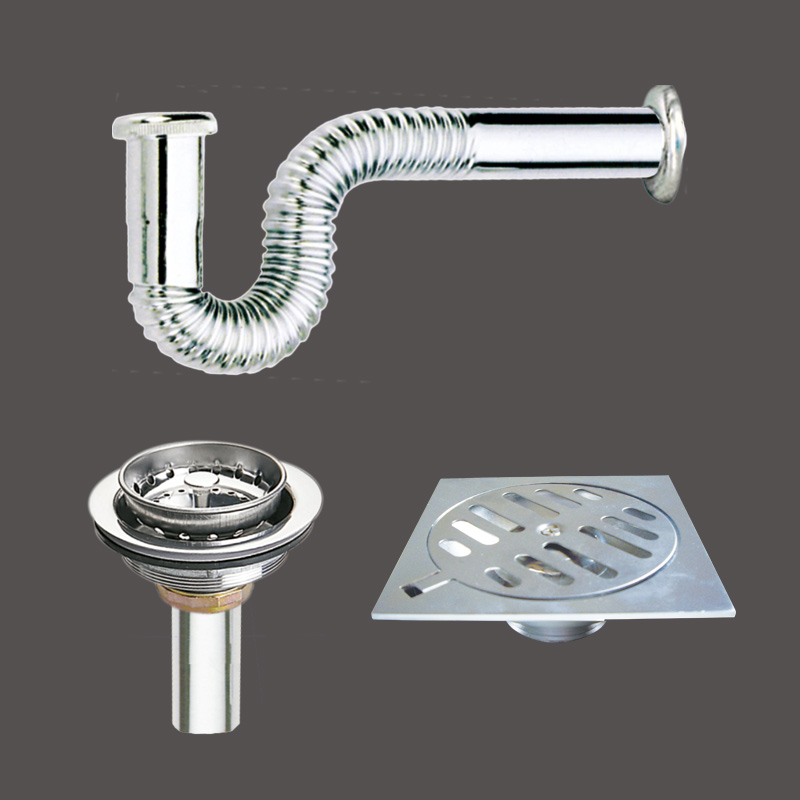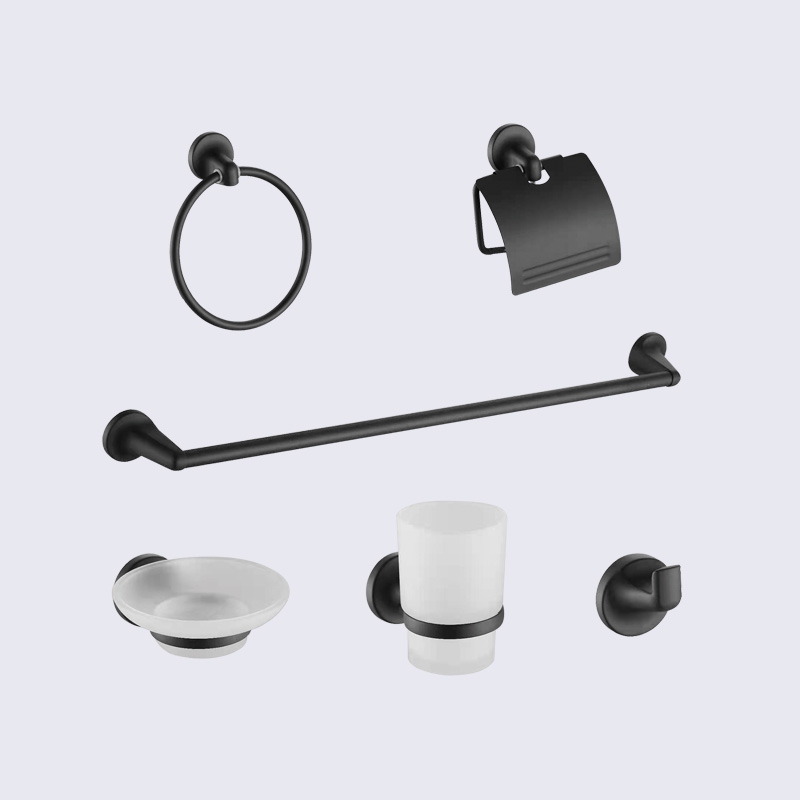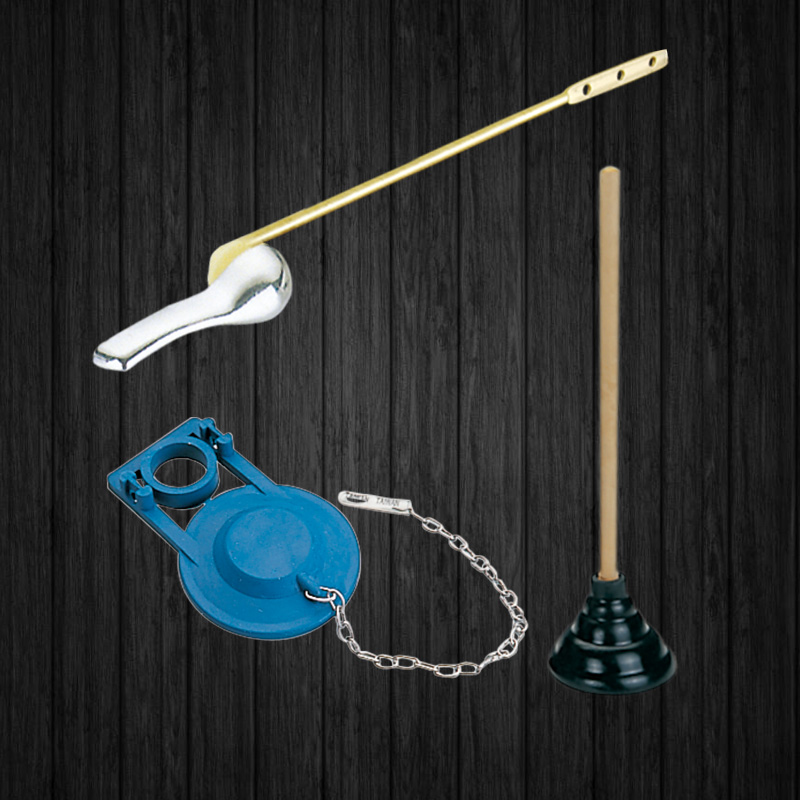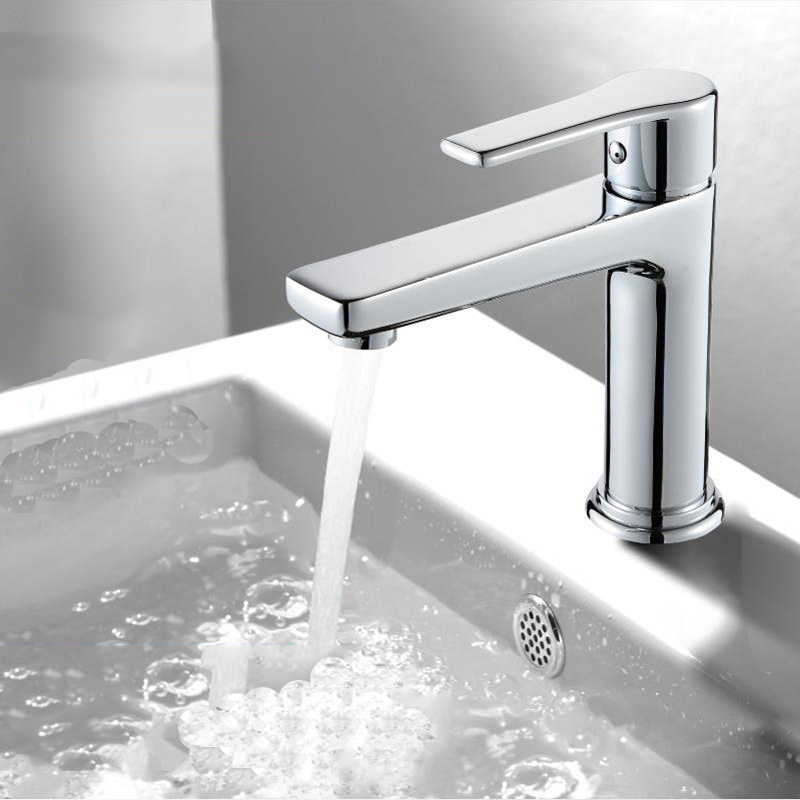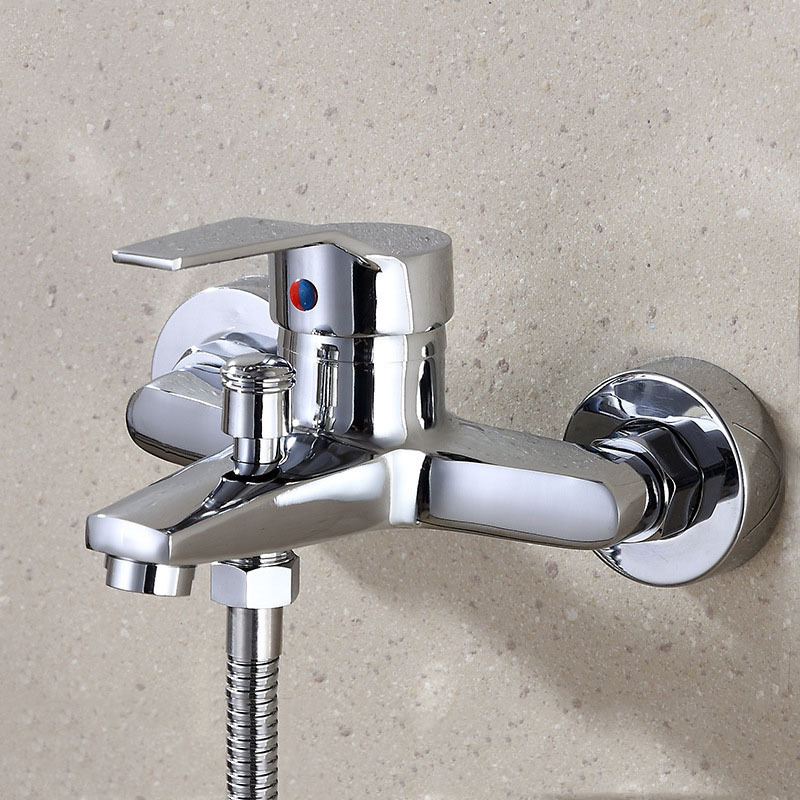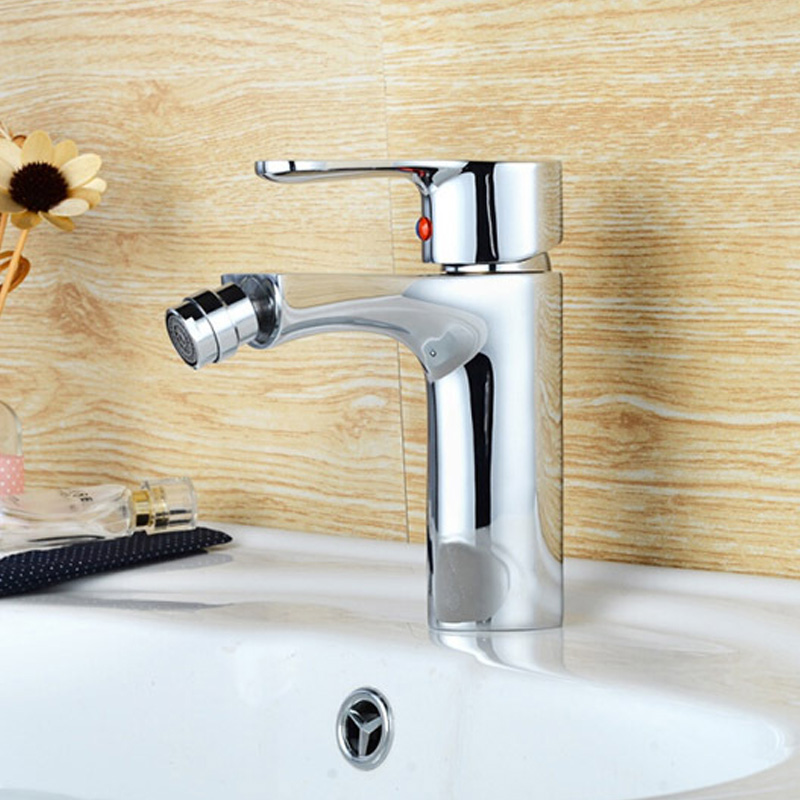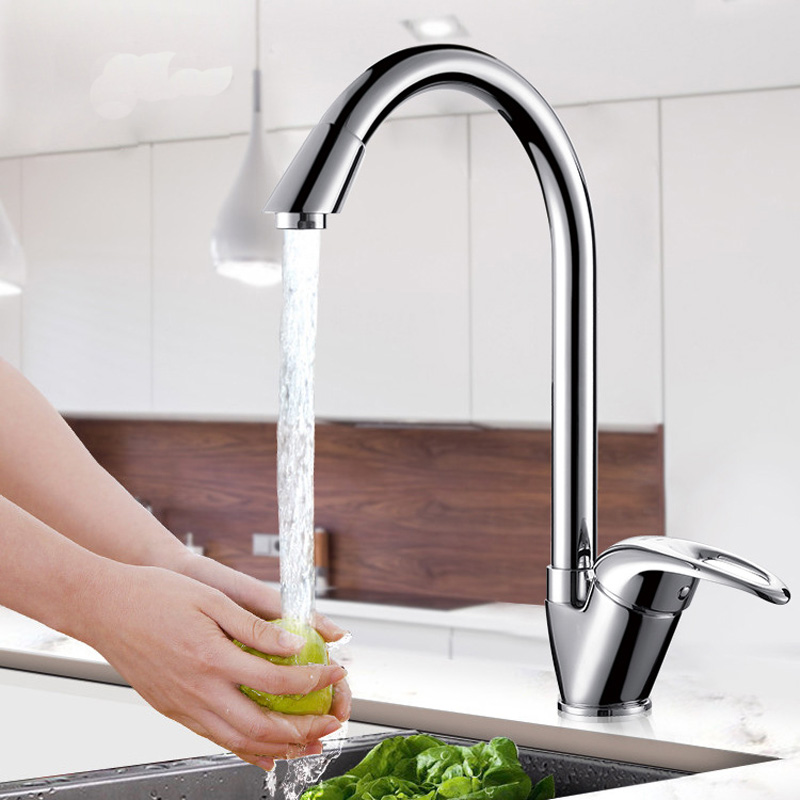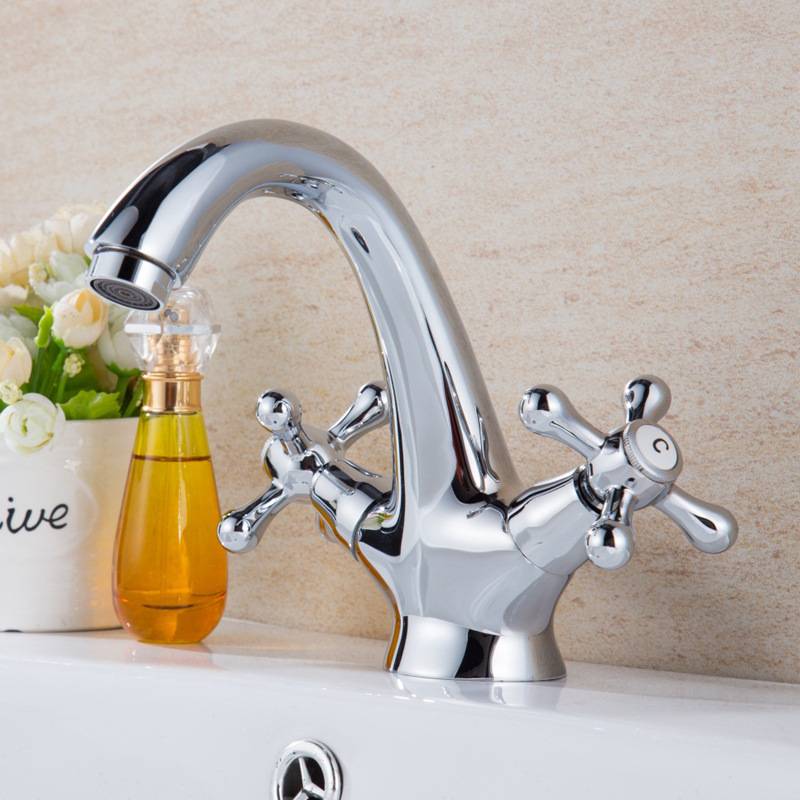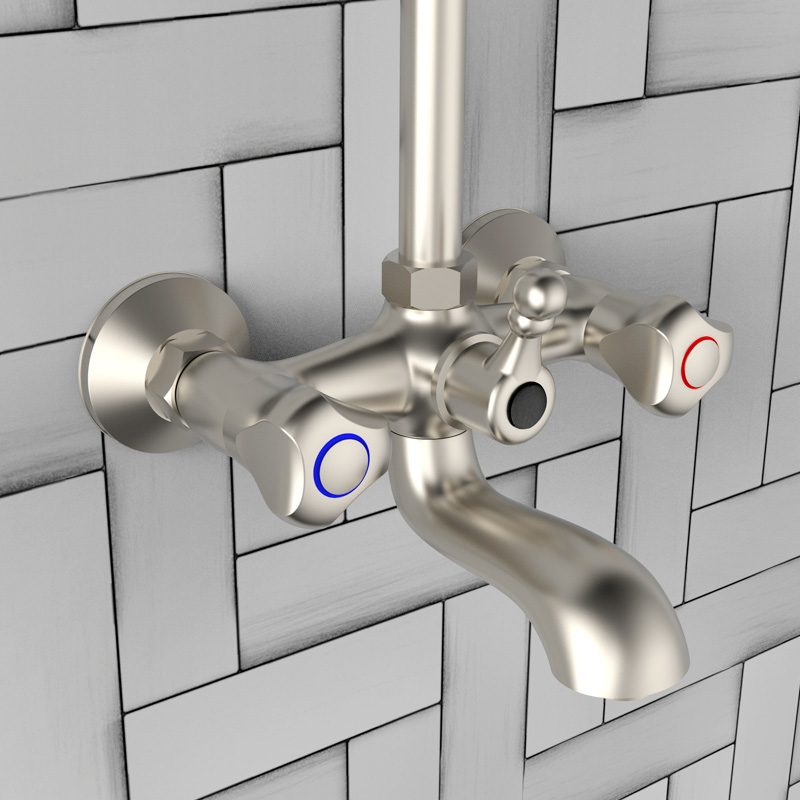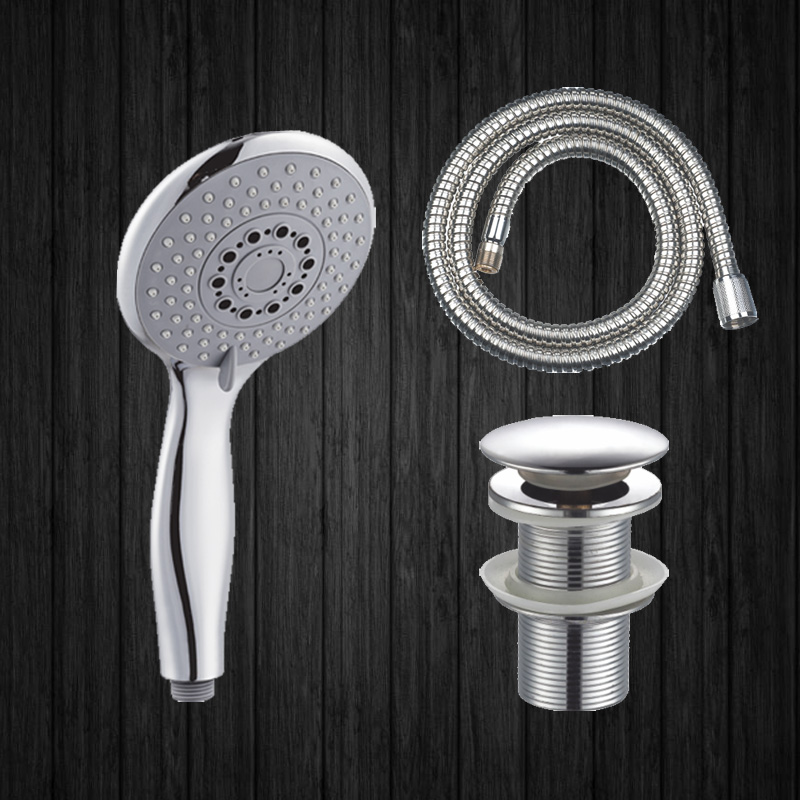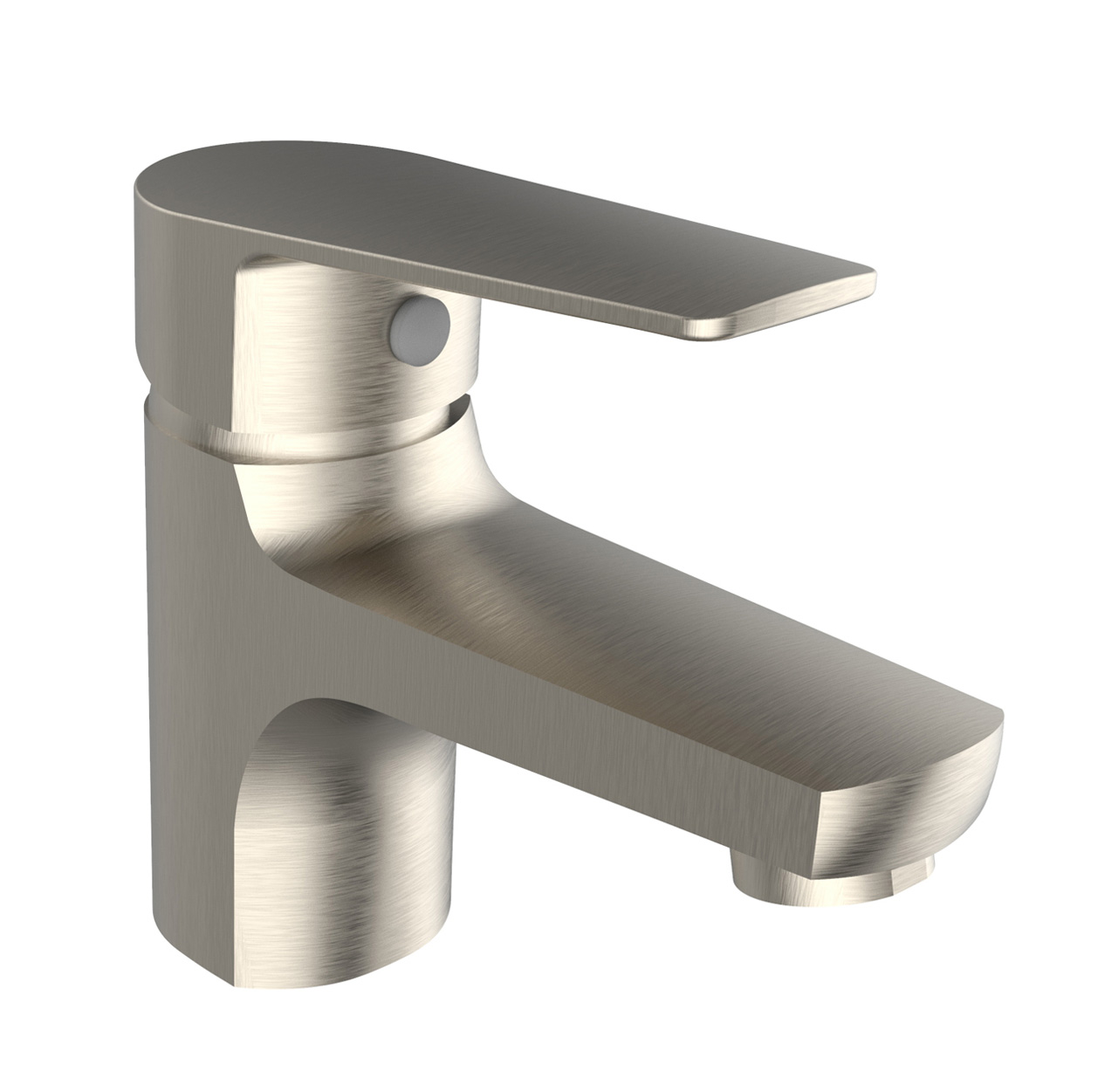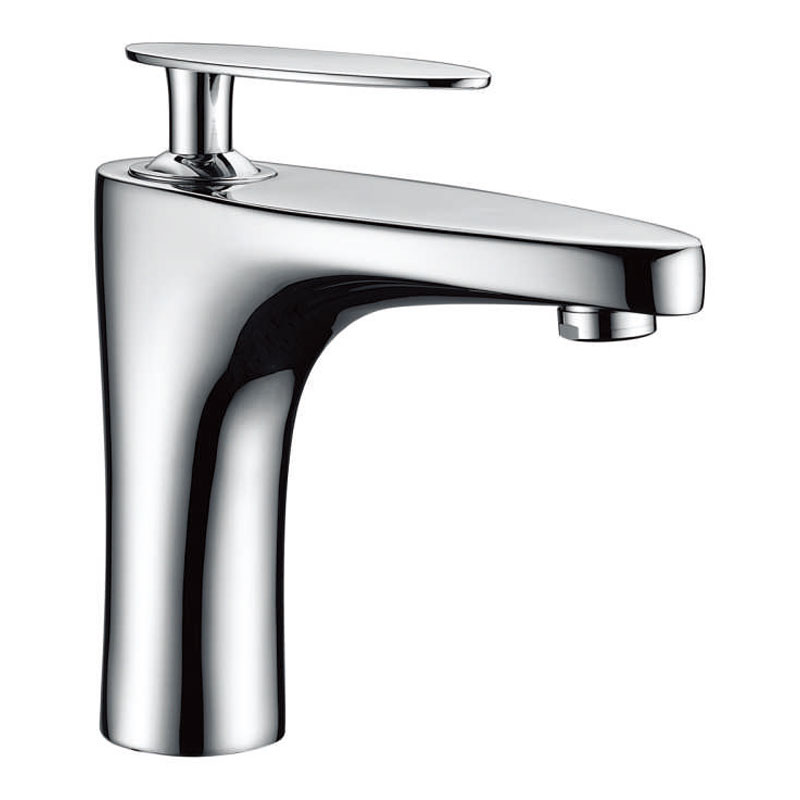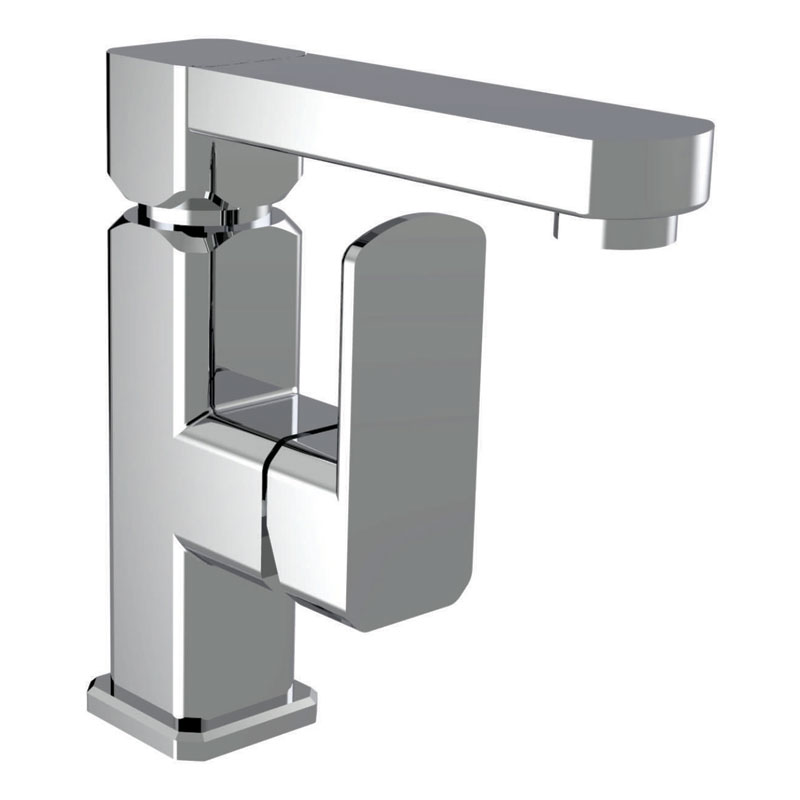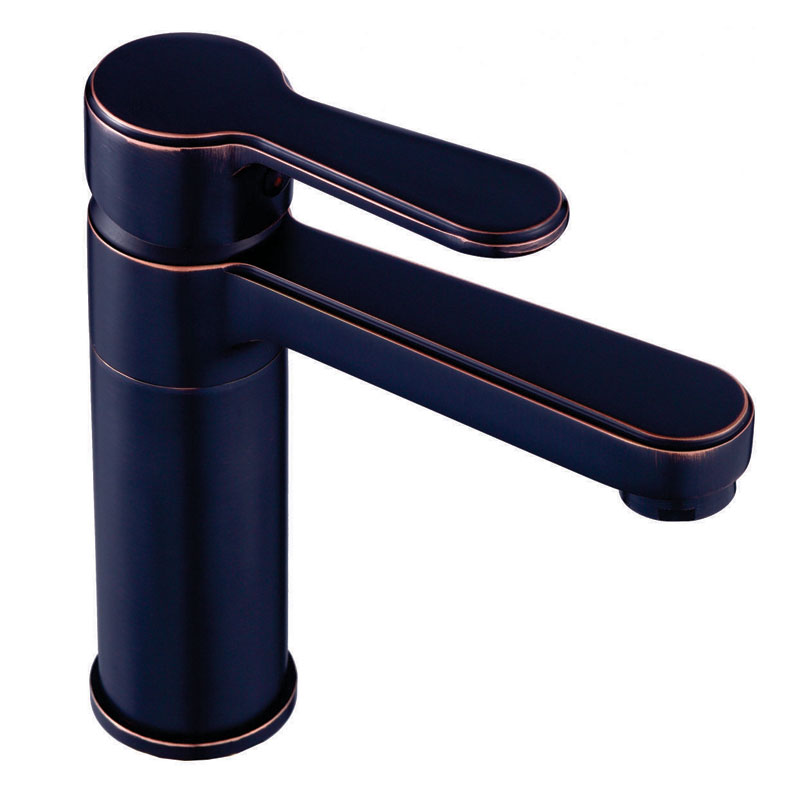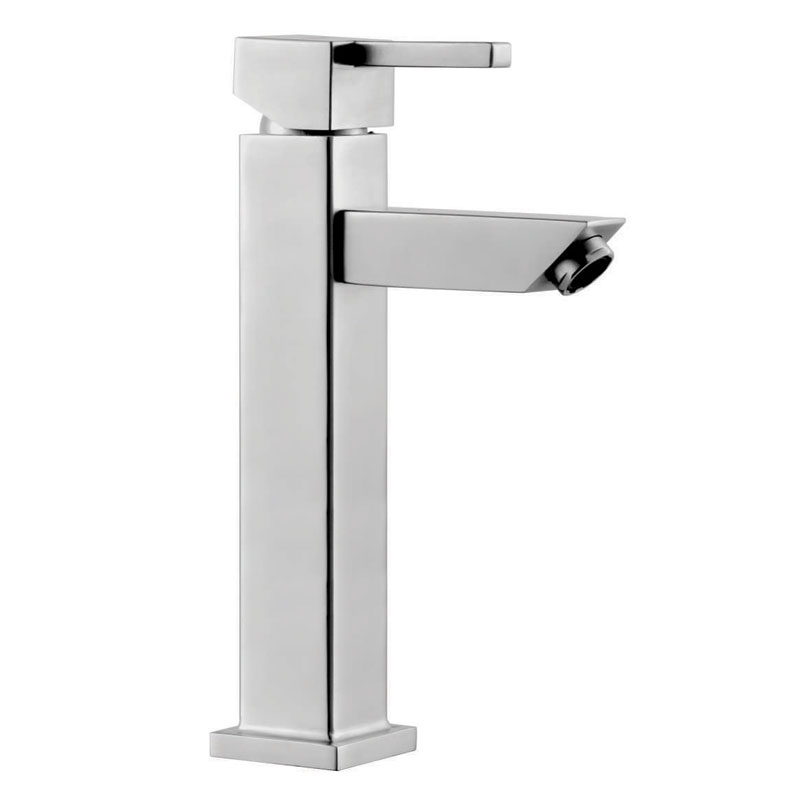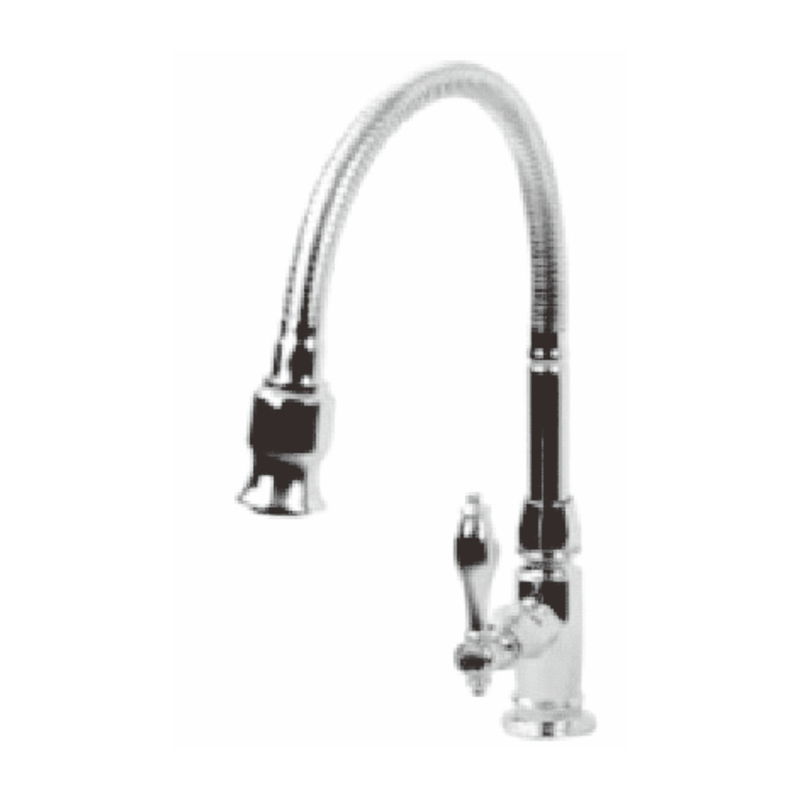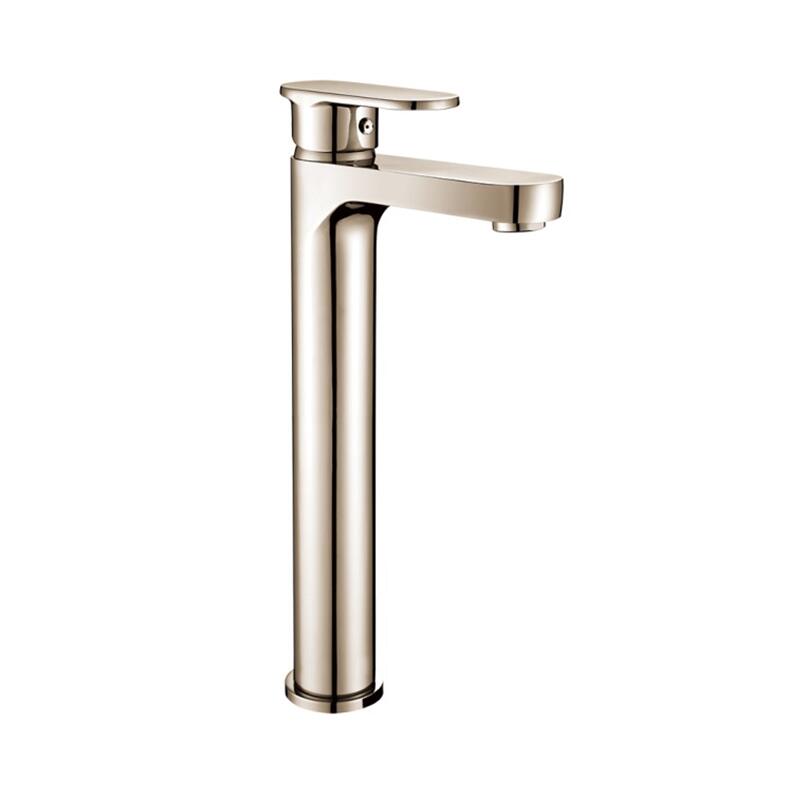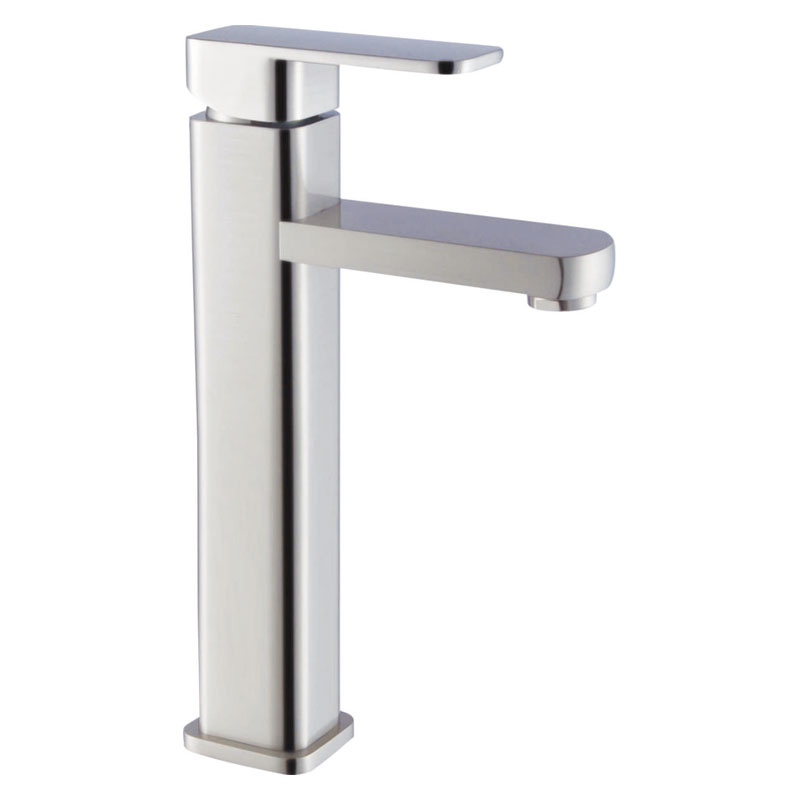Are Zin Faucets Good?
Are zin faucets good?
Faucets play a critical role in bathroom design and function. They are made of an array of different materials and components, all of which have their own duties in providing a long-lasting, durable fixture.
Metals
Brass, stainless steel and zinc are common choices for bathroom fixtures. These are the materials that are most resistant to corrosion and rust.
Stainless steel, like brass, is naturally heat-resistant, and it's hygienic because it won't create tiny pores or crevices where bacteria can hide and flourish.
It's also very easy to clean, and it will last longer than other materials.
While they may be a little more expensive than some other options, brass and stainless steel are worth the investment because they won't corrode or leak as quickly, and will last for years to come.
They also are easier to maintain than some other materials, and you can get them in a variety of finishes, including pewter, nickel and satin.
These muted tones will hide water spots and scratches more easily than chrome, but they'll need to be polished regularly. They're also more difficult to match with door and cabinet handles than other options.
You'll find these types of faucets at home centers, lumberyards and hardware stores, as well as in bath-remodeling showrooms. Wholesalers can also help you find the right fixtures for your project.
Brass: Solid-brass faucet bodies are more likely to last longer and require less maintenance than lighter cast brass models, and they typically cost about $150 more to start. They're also less likely to corrode or leak than die-cast zinc alloy models, and they usually have smoother surfaces and denser constructions.
Forged parts are also more durable than castings, and they're much faster to make. Forged parts, however, aren't always strong enough to hold up under water pressure, so be sure to check the manufacturer's warranty.
They can also be more susceptible to lead, which can leach into the water. Fortunately, federal regulations limit the amount of lead in faucets to a very small level, and there are now more "lead-free" versions available.
In addition, you can choose a stainless-steel finish that's plated with a chromium-nickel layer. This coating helps to harden and protect the surface, and also increases its brightness.
It's a popular choice for kitchen faucets, but it's also becoming more common in bathrooms. The chromium-nickel layer increases its brightness and resistance to rust.
This coating is also hygienic and easy to clean. It's a great alternative to chrome and is more affordable than other finishes.
Unlike many other metals, stainless steel is completely lead-free. It's also easy to keep clean, preserving its shine and appearance for years to come.
Despite their hygienic and long-lasting qualities, they're also relatively expensive and can take up valuable space in your home. You'll also need to replace them more often than other bathroom fixtures, so consider the cost when you're shopping.

 英语
英语 西班牙语
西班牙语 俄语
俄语 阿拉伯语
阿拉伯语 1
1
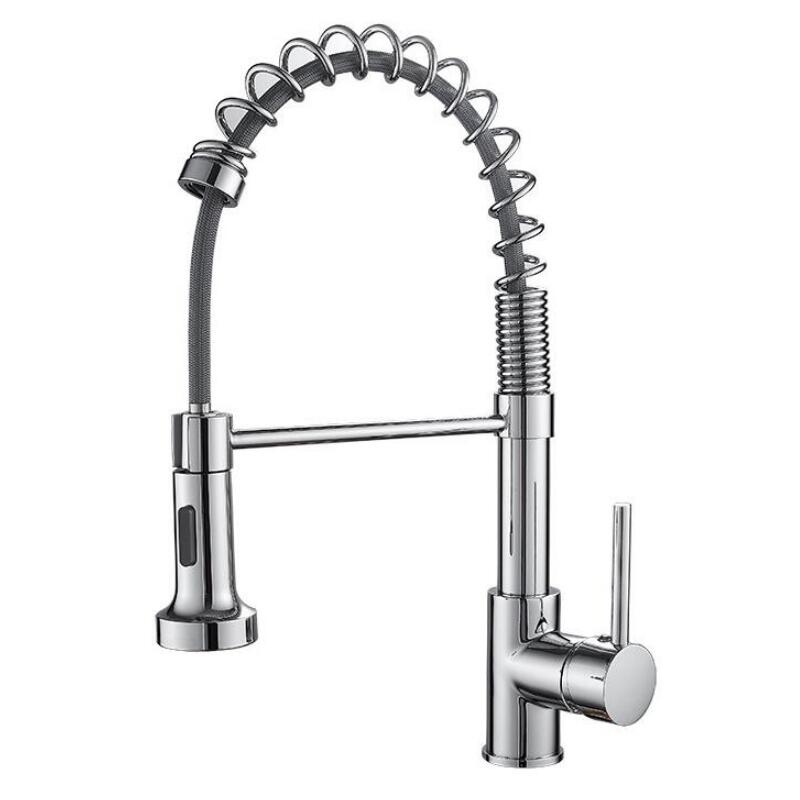
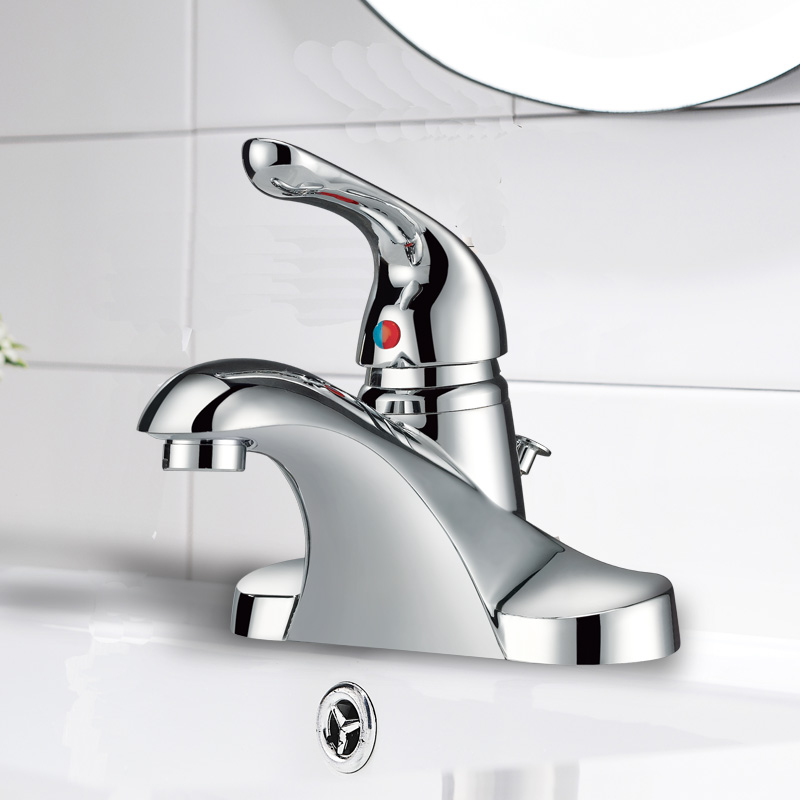
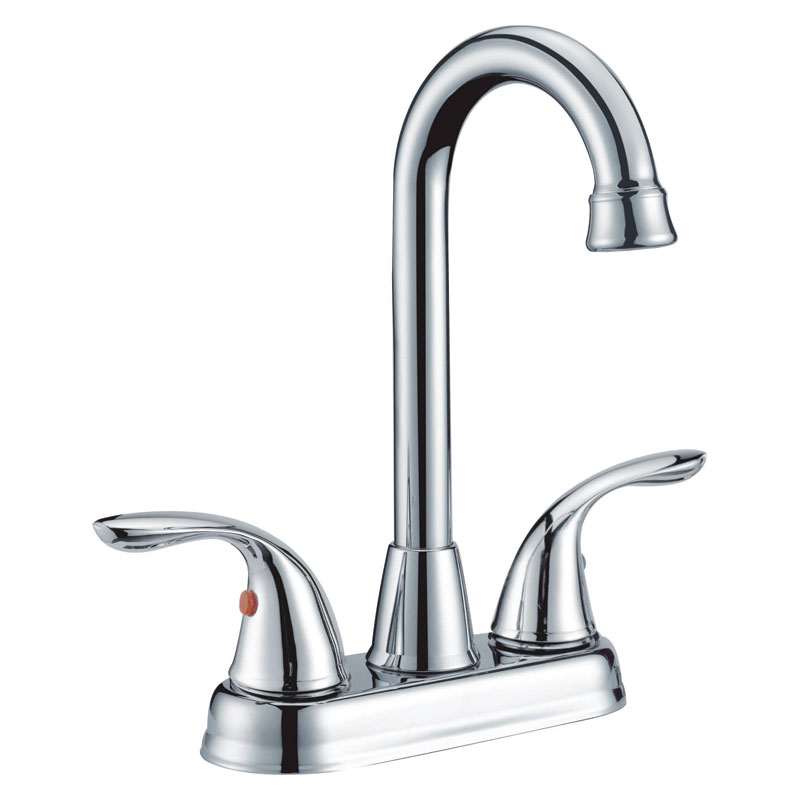
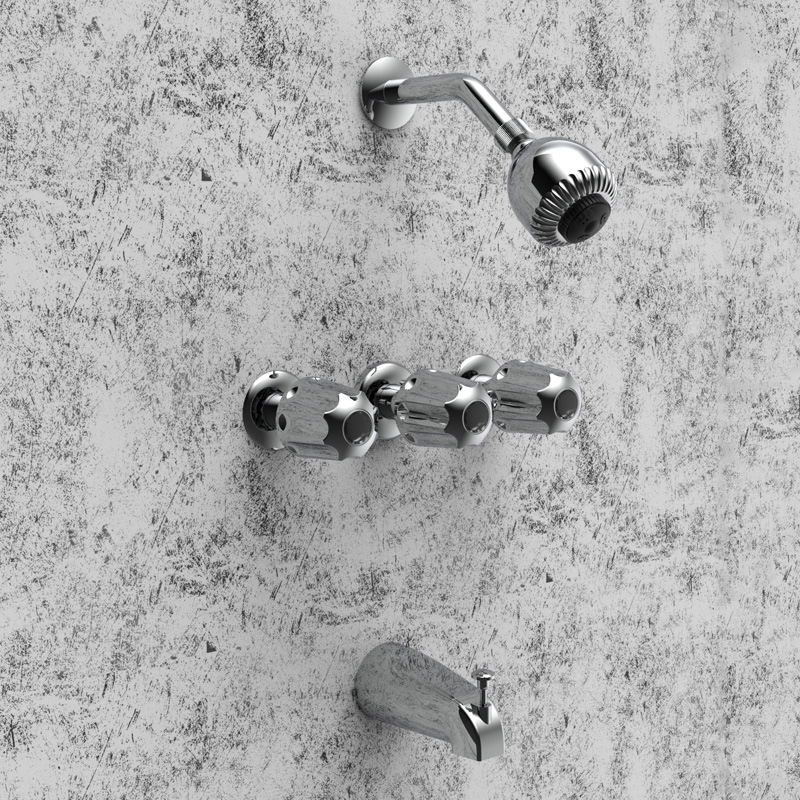
.jpg)
